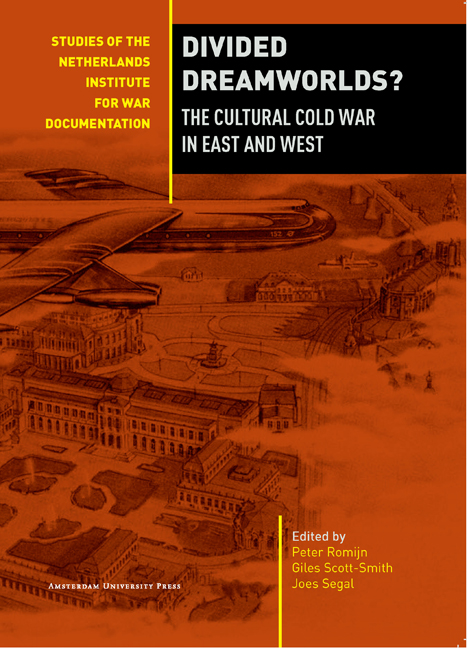Chapter 3 - Tadeusz Kantor’s Publics: — Warsaw – New York
Published online by Cambridge University Press: 02 February 2021
Summary
In April 1959 the American magazine Time published a photograph of Polish artist Tadeusz Kantor (April 6, 1915-December 8, 1990) posed against his 1958 abstract painting Alalaha. This image, in its content and context, begins to reveal the construction of a political and cultural identity of non-objective Polish painters in the New York art world during the years of Nikita Khrushchev's ‘thaw’. In this photograph, Kantor poses informally alongside Alalaha. The painting fills the frame, nearly swallowing up the contemplative figure beneath. His brows quizzically raised and cigarette poised, the artist's demeanour captures the nonchalance of 1950s cool. The unfitted jacket he wears calls to mind both an artist's painting smock, and also the drab khaki overcoats that characterised communist menswear in the 1950s. Absorbed by the work, Kantor's body fills the negative space in the lower left quadrant of the painting, framing the burst in the upper register with his shoulder, and the central concentration of paint with the front of his torso. The article this photograph accompanied addressed the surge of abstract painting in Poland following the loosening of cultural restrictions that marked the ‘thaw’ in the Eastern Bloc. Calling these paintings ‘contorted, explosive, extreme, radical, vicious and brooding,’ the author contrasted them against the ‘tanks and tractors’ mandated under the tenets of Soviet Socialist Realism. Alalaha displays the abstract skeins and splashes characteristic of post-war Abstract Expressionism or French informel painting. However, instead of an all-over drip technique as the famed American artist Jackson Pollock practised, the splatters of Alalaha in shades of blue, black and beige, radiate from a central zone of impact and descend in a dramatic vertical sweep down the centre of the canvas.
Though Kantor was but one of a dozen Polish artists painting in this style, he became the central figure for the American interpretation of Polish cultural resistance in the late 1950s, ‘Poland's Kantor’ – as the caption read. Monitored from the onset of the ‘thaw’, early press such as ‘Poland Abandons Red Dogma in Art’ pronounced Kantor one of the ‘most talented painters to emerge from the artistic, literary and political revolt against Stalinism and its by-product Socialist Realism’– an assertion published in the United States merely months after Nikita Khrushchev's ‘secret speech’ of 1956.
- Type
- Chapter
- Information
- Divided Dreamworlds?The Cultural Cold War in East and West, pp. 53 - 72Publisher: Amsterdam University PressPrint publication year: 2012



